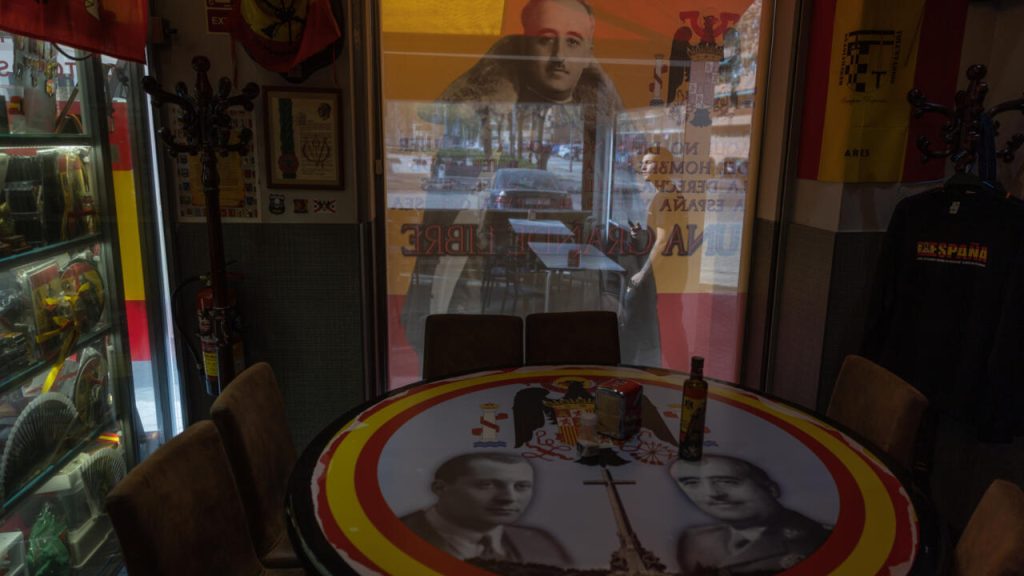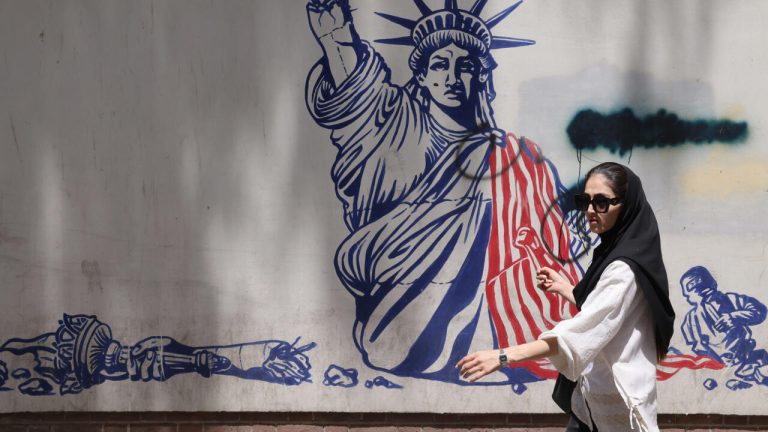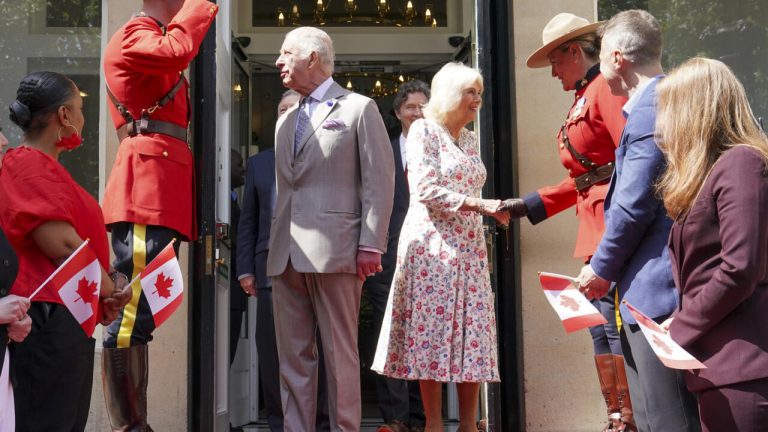Franco symbols mark Spanish streets 50 years after dictator's death

The following year, his government exhumed Franco’s remains from the Valley of the Fallen and relocated them to a more discreet family vault to prevent his tomb from becoming a shrine for far-right supporters.
In 2022, a new “Democratic Memory Law” was introduced, to honour victims of the dictatorship and pressure local governments to eliminate regime symbols.
Across Spain, change began to take hold.
In the northwestern region of Galicia and the Canary Islands, crosses honouring Francoist soldiers have been removed.
Under pressure from public prosecutors, the northern city of Santander renamed 18 streets tied to the regime.
And in the southern city of Malaga, an inventory of Francoist symbols is underway.
‘Think for themselves’
Not everyone agrees with this removal campaign.
Among the best-known dissenters is Chen Xianwei, a Chinese immigrant who runs a bar in central Madrid named “Una, grande y libre” or “One, great and free” — Franco’s motto for Spain.
“Governments shouldn’t tell people what to think,” said Chen, who moved to Spain in 1999.
His establishment, filled with busts, flags and posters glorifying the dictator, stands as a controversial tribute to the past.
The law is “manipulating history”, Chen said. “People can think for themselves.”
Some historians, too, are uneasy with the push to erase symbols. They argue for a more nuanced, educational approach.




